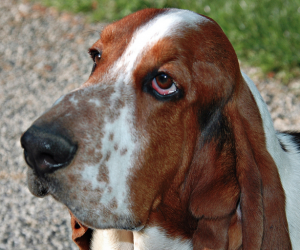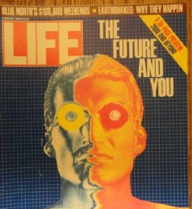
How do you battle your competitors? How do you compete more effectively?
Equally, how do you go beyond your automatic picks for strategy and content to leave your competition behind?
Well … you could always go off-script and try to hire the ex-marketing director of Apple or Samsung.
The Samsung success is remarkable for the fact they’re a multinational with a list of important subsidiaries as long as your arm.
They didn’t begin to globalize their electronics business until the 1990s.
Samsung Electronics, I’m told, is now the world’s largest information technology company.
Or … you could hop on the bandwagon of a hugely innovative media event, the Lego Movie, and create your next video or commercial entirely out of plastic building blocks, available in 51 engaging colors.
The name, Lego, comes from the first two letters of the Danish words leg godt, meaning ‘play well’.
‘Play well’ takes on a whole new meaning in a ‘rescue-the-business’ sense as the 78-year-old company almost went bust in 2003.
But a new CEO, Jørgen Vig Knudstorp, stepped in to completely turn that around.
Here’s a fascinating interview with him that explains how he did it. It’s from Meet the Boss TV. http://www.meettheboss.tv/video/full-version-man-who-rescued-lego
Or … you could get Kia to redesign your product and Website. Have you noticed their cars? Stunning.
Even better, their concept cars give you the feeling that human achievement is in no way limited.
Kia’s Chief Design Officer, Peter Schreyer, could run a master class on courting customers who previously wouldn’t have noticed your product; customers who might also have been prejudicial towards it.
Or … maybe you could get Morgan Freeman to do the voice over for your next video.
Of course, all the above is fanciful.
Except maybe for the voice over thought.
So many commercials and videos spare no effort when it comes to strategy, creative ideas and production. They’re mostly up to speed in these areas.
But, have you noticed? Often the voice over could be better.
A great effect is often diluted with a presentation that can be huckster-ish, flat or underpowered when it comes to wit, charm and persuasion.
Sadly enough, some voice overs are determinedly superficial, making great content sound dull.
A useful benchmark for strong voice talent can be heard on radio’s NPR.
That’s Lynne Rossetto Kasper, host of the cooking show, The Splendid Table.
Listen to her to set your standards for clarity of thought, empathy and the ability to deliver detailed information with a poise that is rarely equaled by actors.
You could say that if Lynne Rossetto Kasper read out the instruction sheet for assembling IKEA kitchen cabinets it would be riveting.
Her delivery creates a picture in your mind of her subject matter, and with that power you’re one step closer to changing the way people think.
A voice like this can help to sling-shot your videos ahead on YouTube and bolster engagement when you showcase them on your Website.
Lynne Rossetto Kasper probably doesn’t do VOs. But use her voice as a model to make the content you worked so hard to create communicate better.
Use it as an added element to ensure your videos work to differentiate you from the rest.
It can be worth a lot to get more involved in voice casting and be picky. As picky as you are with strategy, creative ideas, on-camera talent, choice of director, art direction, music selection and production values.
Get involved, and in that way you can ‘play well’ with your customers as well as the customers of your competition.


